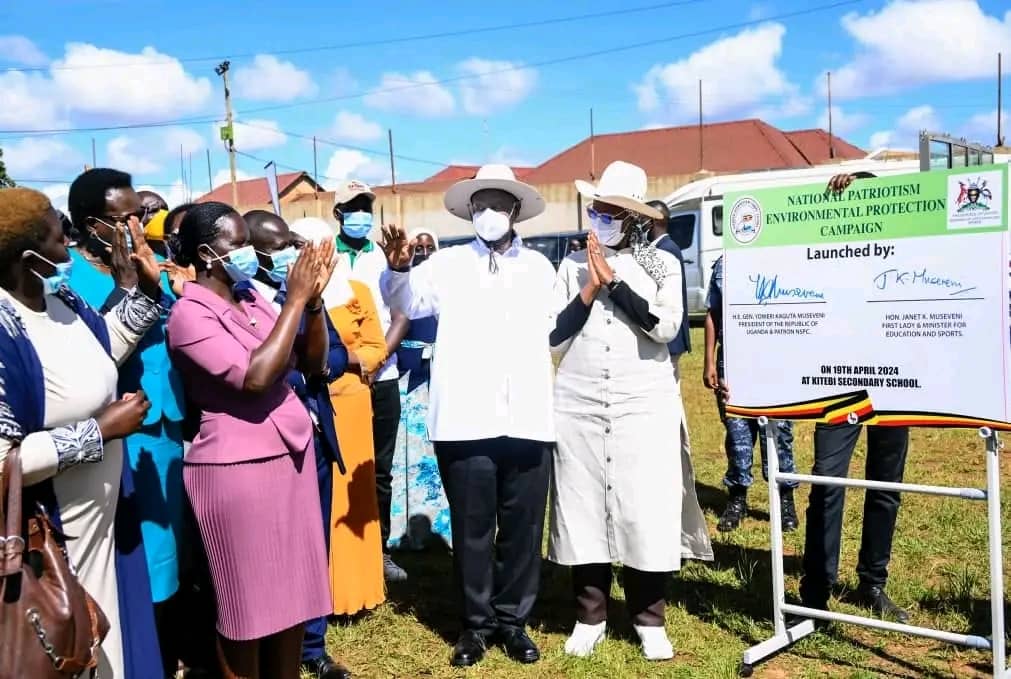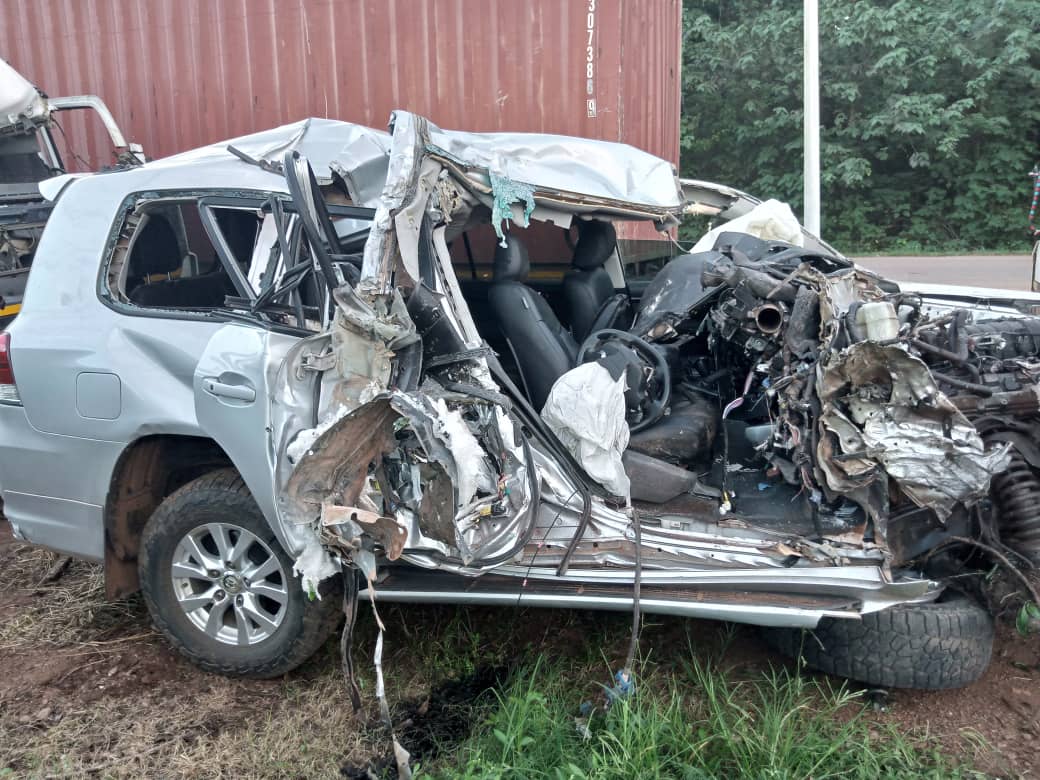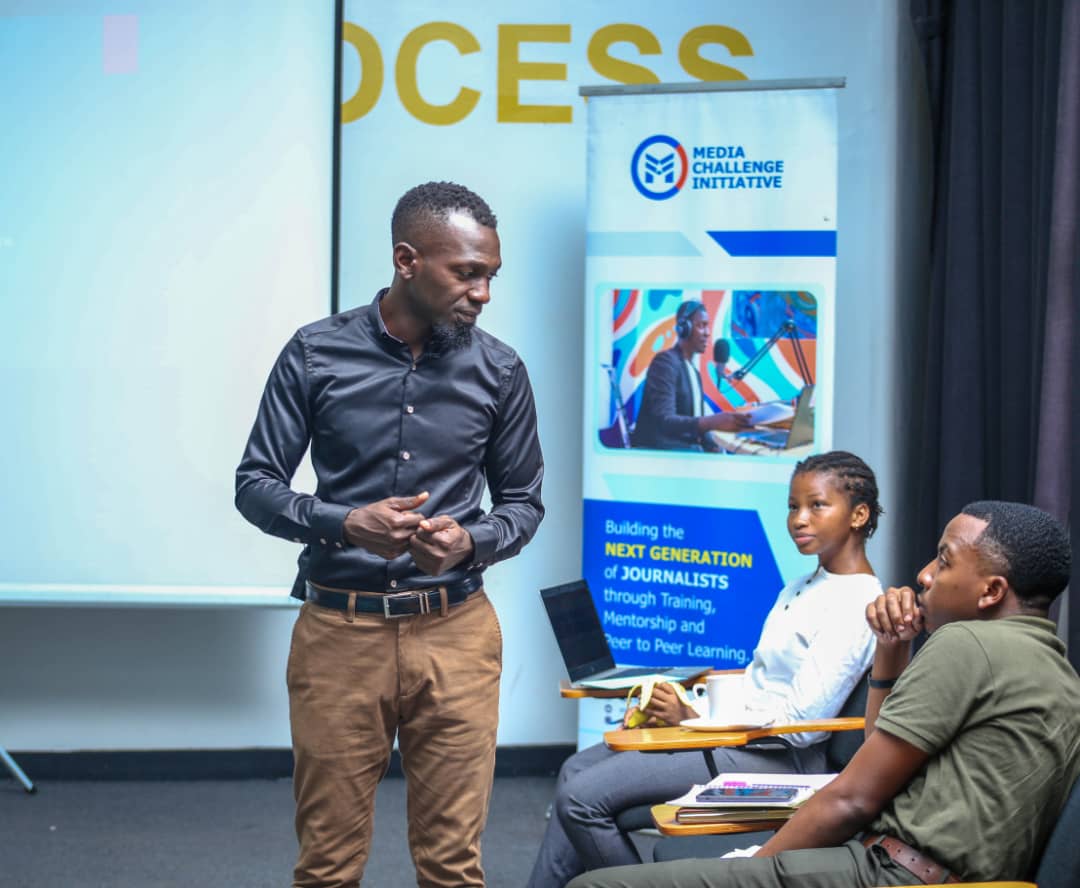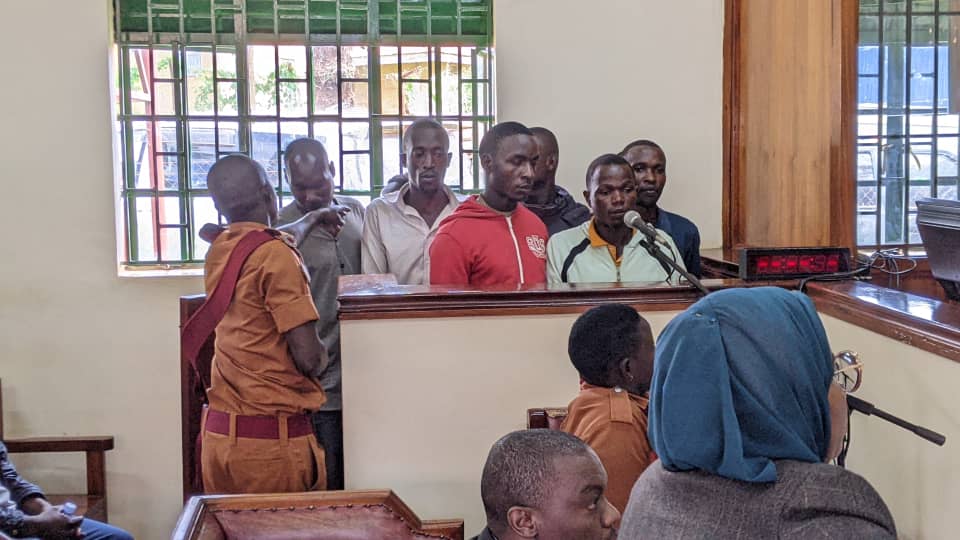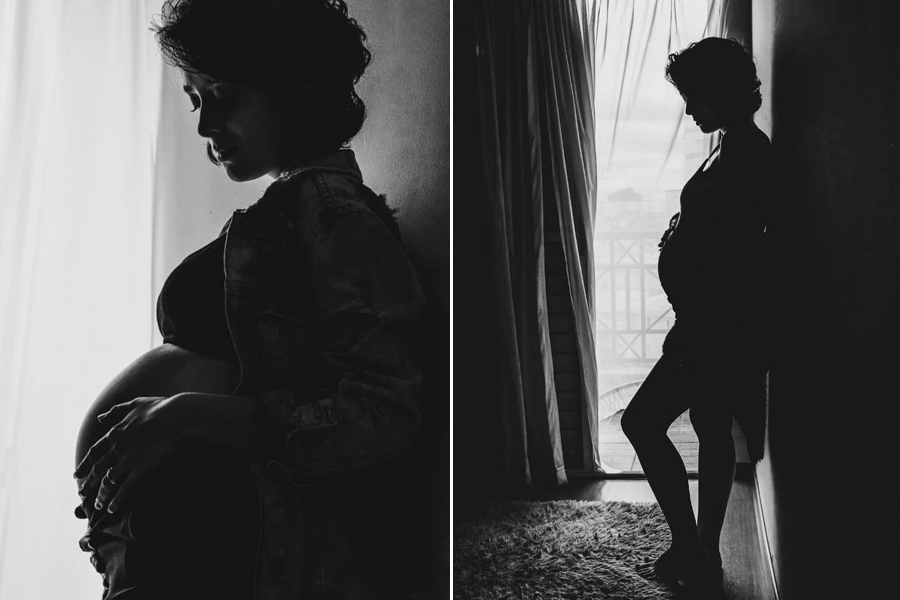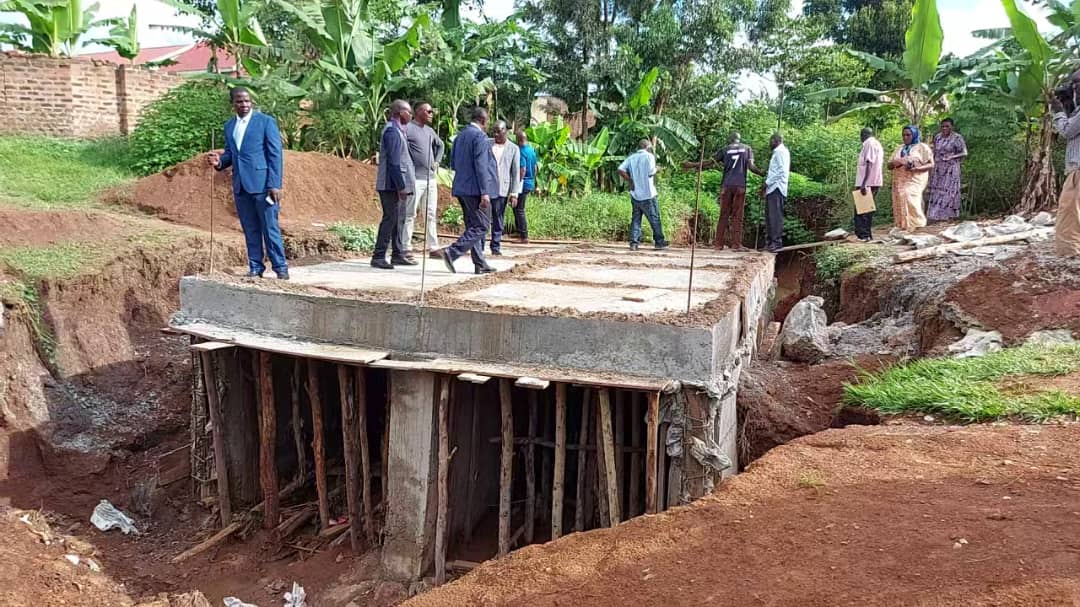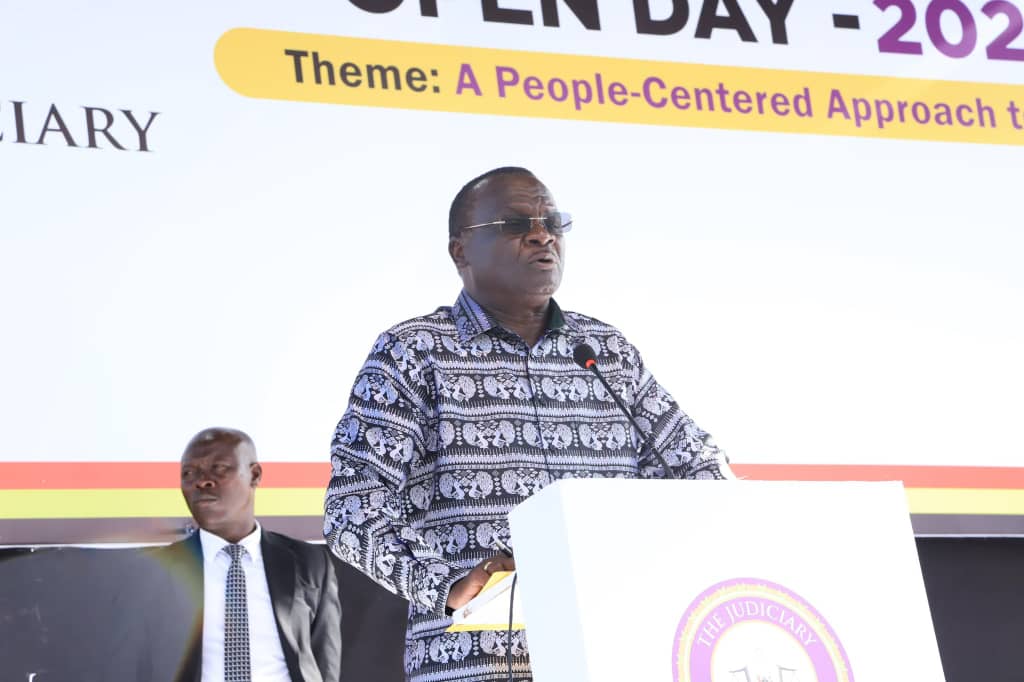Integrate young people into mainstream health service delivery
By Thembo Joshua
The recent emergence of COVID-19 has not only disarrayed the day-to-day operations in the lives of individuals but also brought to light the inequities within the healthcare delivery systems, especially in prioritising essential health services and information including those on the sexual and reproductive health of young people.
One of the most affected population categories has been the young people, who are currently out of school and have had little or no access to maternal health services as a result of the pandemic containment measures – closure of schools, ban on public, private transportation, and curfew among others.
The travel ban left many Ugandans seeking health services unable to reach health facilities, with ambulances in short supply.
As a result, some pregnant and several young children lost their lives. The pandemic, therefore, brings new challenges that worsen an already sad situation. Many birth plans have been interrupted.
Pregnant young women now face the possibility of giving birth alone in and out of quarantine without a midwife-led birth and some are losing their lives and those of their babies in the process. Those who had planned to have a cesarean section are grappling with making special arrangements.
Partners stand a high chance of not sharing the first moments of the life of their new bundles of joy. It is also important to note that the 2016 Uganda demographic health survey indicated that 25% of adolescents aged 15-19 in Uganda have begun childbearing, 19% of those in the same age group have given birth, and another 5% pregnant with their first child.
The same survey revealed that adolescent childbearing is more common in rural than in urban areas (27 versus 19 percent, respectively) thus creating a regional variation with the Teso sub-region with the highest proportion of adolescents who have begun childbearing and the Kigezi sub-region having the lowest (31 and 16 percent respectively).
Likewise, child mortality has seen a steady decrease from 38 deaths per 1000 live births in 2011 to 22 deaths per 1000 live births in 2016. Adolescent death is 44% of maternal mortality in Uganda.
Adolescent pregnancies in Uganda are mainly due to lack of information and access to health services, high exposure to early and multiple sexual relationships, and low utilisation of contraceptives.
At Naguru Teenage Information and Health Centre, we believe that mother's and baby's lives matter even in the toughest situation.
As a best practice youth-friendly centre, observing the ministry of health COVID19 standard operating procedures we have continued to implement the pillars of safe motherhood including family planning where young mothers and their partners receive adequate information and services regarding family planning.
Maternal health talks are conducted both at the centre and in communities through outreaches, radio talkshows, printing, and distribution of information and educational materials including flyers, t-shirts among others.
Also over the years provided antenatal care (ANC) services to the young mothers including routine checkups at the Kiswa-based health facility.
Our experienced youth-friendly midwives detect complications early and support them as soon as possible, providing pregnant young women with vitamin supplements, iron tablets, and vaccinations so that they can have a healthy and safe pregnancy.
Throughout the implementation of the safe motherhood pillars, we have ensured that young people remain at the forefront of our programming.
Studies indicate that young people's programs can only be successful when they are involved (peer to peer). We, therefore, have a vibrant team of trained peer mothers that is charged with mobilisation and reaching out to young mothers receiving services from our centre.
The peer mothers understand the needs of fellow young mothers, as a result, the young mothers find it easy to open up and interact with their fellow peers at the health facility and in communities during health outreaches.
Through our voucher system where young people are referred for antenatal and family planning services within community clinics. We have seen a rise in the uptake of ANC and FP services within the community clinics.
Our 2019/2020 indicated that 5,670 young women got maternal health services including routine checkups during ANC visits (3,772), ost natal care (230), FP (1,633), 35 Post-abortion care (PAC) services, and a number of them getting service to reduce or prevent congenital infections including ART for prevention of mother to child HIV, (eMTCT), syphilis, chlamydia, and hepatitis B.
Among those that attended ANC, 1,158 visited the facility at least 4 times. Overall 357 young men escorted their women for ANC, offering opportunity for partner STI screening services including HIV testing.
A total of 1,633 clients obtained family planning services/ contraceptives. Injectables contraceptives were the most commonly used contraceptives, accounting for 83.5%.
Long-acting contraceptives mostly Implanon and Jadella were utilized by 123 clients and 3 clients utilized copper T, 39 clients took condoms specifically for use as contraceptives.
The magic bullet to the increased demand for ANC and FP services at our centre has been the presence of peer mothers at the facility to provide peer support.
When the entire country was on lockdown and service delivery systems in panic, the peer mothers ensured door delivery of maternal services to young mothers who needed support in the community and could not access the health facility because of the transport restrictions.
We ask the government, development partners, and civil society actors to consider the integration of young people into the mainstream health-service delivery to reduce maternal morbidity.
This can be achieved by having peer mothers identified, trained, and attached to health facilities and in the communities to complement the role of VHTs in the mobilisation of young people for maternal services.
Equally service delivery structures at local government’s including Health Unit Management committees should have young people representation.


